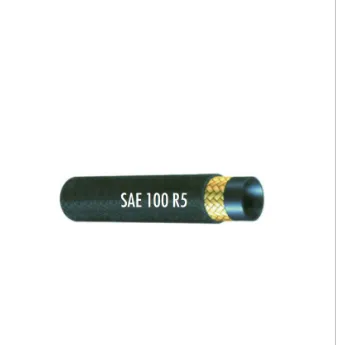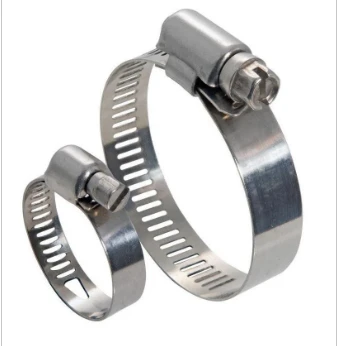
- Afrikaans
- Albanian
- Amharic
- Arabic
- Armenian
- Azerbaijani
- Basque
- Belarusian
- Bengali
- Bosnian
- Bulgarian
- Catalan
- Cebuano
- Corsican
- Croatian
- Czech
- Danish
- Dutch
- English
- Esperanto
- Estonian
- Finnish
- French
- Frisian
- Galician
- Georgian
- German
- Greek
- Gujarati
- haitian_creole
- hausa
- hawaiian
- Hebrew
- Hindi
- Miao
- Hungarian
- Icelandic
- igbo
- Indonesian
- irish
- Italian
- Japanese
- Javanese
- Kannada
- kazakh
- Khmer
- Rwandese
- Korean
- Kurdish
- Kyrgyz
- Lao
- Latin
- Latvian
- Lithuanian
- Luxembourgish
- Macedonian
- Malgashi
- Malay
- Malayalam
- Maltese
- Maori
- Marathi
- Mongolian
- Myanmar
- Nepali
- Norwegian
- Norwegian
- Occitan
- Pashto
- Persian
- Polish
- Portuguese
- Punjabi
- Romanian
- Russian
- Samoan
- scottish-gaelic
- Serbian
- Sesotho
- Shona
- Sindhi
- Sinhala
- Slovak
- Slovenian
- Somali
- Spanish
- Sundanese
- Swahili
- Swedish
- Tagalog
- Tajik
- Tamil
- Tatar
- Telugu
- Thai
- Turkish
- Turkmen
- Ukrainian
- Urdu
- Uighur
- Uzbek
- Vietnamese
- Welsh
- Bantu
- Yiddish
- Yoruba
- Zulu

2월 . 14, 2025 10:09 Back to list
different types of hydraulic hoses


4. PTFE (Polytetrafluoroethylene) Hoses Notable for their exceptional temperature resistance and minimal friction, PTFE hoses are premium options for hydraulic systems dealing with extreme thermal conditions or requiring high chemical compatibility. These hoses excel in applications necessitating low permeation and are often employed in industries like aerospace and pharmaceuticals, where precision fluid conveyance is critical. Their unique construction allows for usage in both high and low-pressure applications, offering versatility and robust performance. Selecting the appropriate hydraulic hose involves considering multiple factors, such as working pressure, fluid type, temperature range, and environmental conditions. The famed STAMPED acronym—Size, Temperature, Application, Material, Pressure, Ends, and Delivery—guides precise hose selection, ensuring the right fit for the designated application. By leveraging industry recommendations, such as those provided by the Society of Automotive Engineers (SAE) standards, professionals can ensure hoses meet critical specifications. Moreover, regular maintenance practices, including routine inspections and timely replacements, extend the lifespan of hydraulic hoses, thus maintaining system integrity and reducing unexpected downtimes. In conclusion, understanding the various types of hydraulic hoses and their specific applications enhances operational efficiency and safety across industries. By aligning the choice of hose with operational needs and environmental factors, companies can harness the full potential of their hydraulic systems, achieving unparalleled performance and reliability. Investing in the correct hydraulic hose not only safeguards equipment but also contributes fundamentally to the overall success of hydraulic operations.
Latest News
Steel Wire Reinforced Hydraulic Hose SAE 100 R1 / EN853 1SN S
NewsOct.17,2024
Two Layers Steel Wire Reinforced Hydraulic Hose SAE 100 R2 / EN853 2SN
NewsSep.03,2024
Textile Braid Reinforced Hydraulic Hose SAE100 R3+R6
NewsSep.03,2024
Textile Reinforced Hydraulic oil Suction Hose with embedded Steel Wire SAE 100 R4
NewsSep.03,2024
Single Wire Braid and Textile Covered Hydraulic Hose SAE 100 R5
NewsSep.03,2024
High Pressure Thermoplastic Hydraulic Hose SAE 100 R7 / EN855 R7 - SAE 100 R8 / EN855 R8
NewsSep.03,2024
Heavy Duty Four-layer Steel Wire Spiral Reinforced Hydraulic Hose SAE100R9+R10+R12
NewsSep.03,2024
Heavy Duty Multi-layer Steel Wire Reinforced Hydraulic Hose SAE100R13 SAE100R15
NewsSep.03,2024
Latest Products










